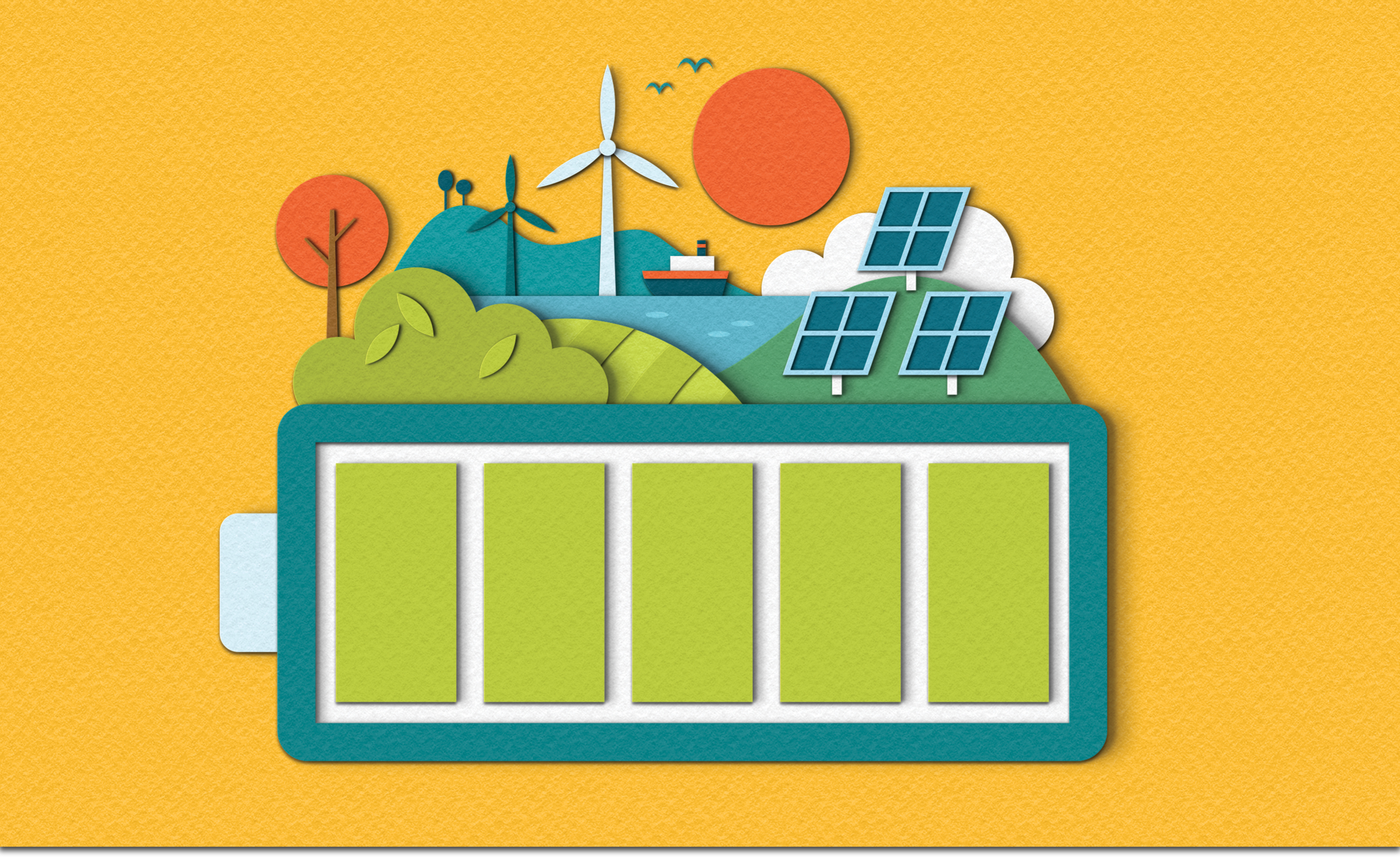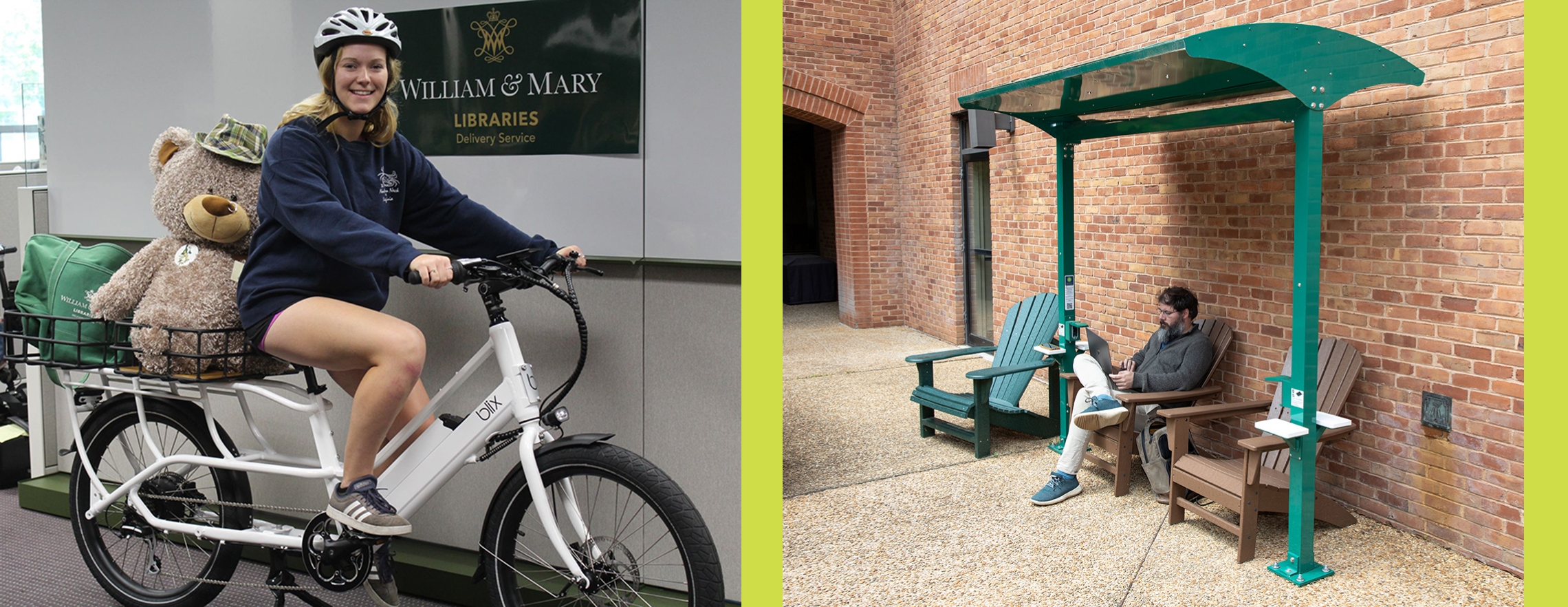Kapadia serves on the board of directors for several companies LS Power has invested in, including electric vehicle charging company EVgo Inc. and renewables and battery storage platform REV Renewables LLC.
The former economics major and class president also serves his alma mater as vice chairman of the William & Mary Foundation Board of Trustees. Last year, he made a $1 million gift to the Career Center Student Internship Fund that allows at least 100 undergraduates per year to receive up to $5,000 each for unpaid or underpaid applied learning experiences.
Kapadia sees renewable energy as a promising field for William & Mary students to pursue, with growth opportunities in business, science, engineering, research, government and policymaking roles.
“The industry is a fascinating one because it’s constantly changing, and that rate of change has been accelerating over the past 10 years,” he says. “But also, our work has a real impact on the environment and communities. It’s a combination of the dynamism of the industry and the impact you can have that’s made it really fulfilling.”
Managing Risk
Like Kapadia, Kristen Hamel ’12 works for a company that develops and operates renewable energy projects. In her role as associate director of market risk management at San Diego-based EDF Renewables North America, she ensures that its wind and solar farms, storage facilities and electric vehicle charging centers are operating efficiently and profitably.
Originally from St. Louis, Hamel was drawn to William & Mary for its strong academic reputation as well as its golf program. She started out in public policy, but pivoted to a finance degree after spending a semester in Washington, D.C. After graduation, she worked as a management consultant in Washington before pursuing a master’s degree in international economics at UC San Diego’s School of Global Policy and Strategy.
“My current role within EDF is very much like being an internal consultant, helping to provide analytics, research and strategy recommendations for our renewable portfolio,” she says. “Being able to pull on my undergraduate degree in finance, and then combining it with the work I did in grad school in economic research, is the perfect blend of both of those.”
Among the risks she analyzes are the effectiveness of evolving technology, how reliably and cost effectively renewable energy projects adapt to a changing power grid, and fluctuating renewable procurement goals set by state and federal governments.
From a policy perspective, thinking has shifted from limiting or taxing carbon emissions to providing incentives to develop renewable energy projects, says energy expert and economist Allen Fawcett ’97, director of the Joint Global Change Research Institute — a partnership between the U.S. Department of Energy’s Pacific Northwest National Laboratory and the University of Maryland in College Park.
Through investment tax credits included in the Inflation Reduction Act of 2022, for example, “there are a lot more carrots in the form of how we are incentivizing the clean energy transition and making sure that the technology change we need to see is coming into place,” says Fawcett, former chief of the Environmental Protection Agency’s Climate Economics Branch. “When you look at the market, you see the huge expansion of wind and solar technology. There’s a long history of support that has driven down the cost of these technologies.”
Hamel would agree, citing rapid expansion in solar projects over the past five years.
“We’re seeing a lot of solar growth all throughout North America, starting first in California several years ago but now making its way across the country from Texas to New York, Ohio to South Carolina,” she says. “There’s a lot more interest because the technology improvements and policy incentives are promoting continued growth of utility-scale solar.”
A subsidiary of the main utility provider in France, EDF Renewables operates in 22 countries, supplying power to utilities and to corporations working to meet sustainability goals.
“At the core of it, I feel like we’re doing something good for the planet by building more renewable energy projects that reduce carbon emissions,” Hamel says. “I’m excited to see where the technology continues to grow and develop.”
She is also encouraged by the increasing number of new college graduates choosing careers in renewable energy.
“When I joined EDF about seven years ago, I was one of the younger people in our company at age 28,” Hamel says. “And now we’re seeing a whole younger generation enter the renewable workforce. That’s been a cool shift to see.”




